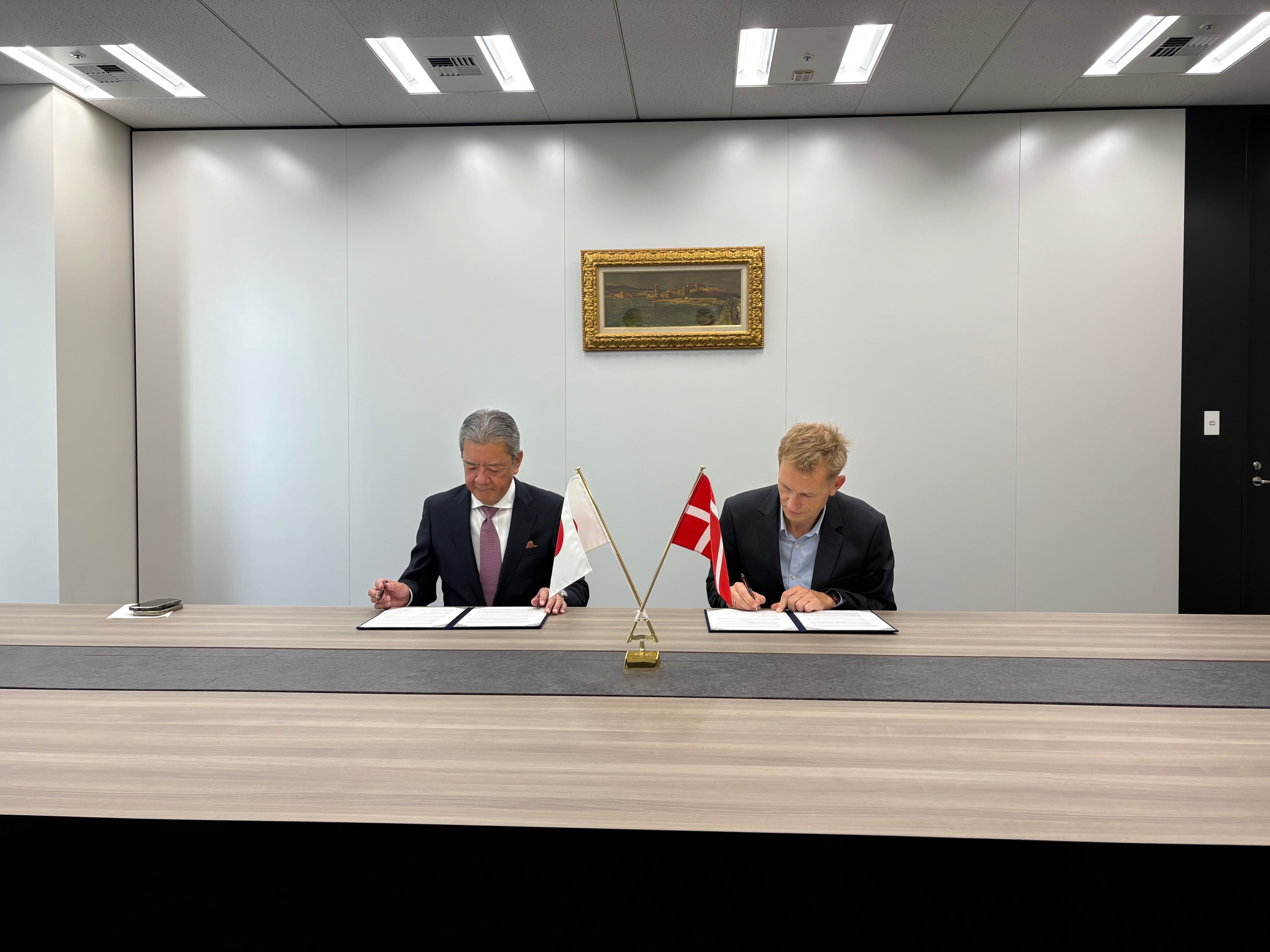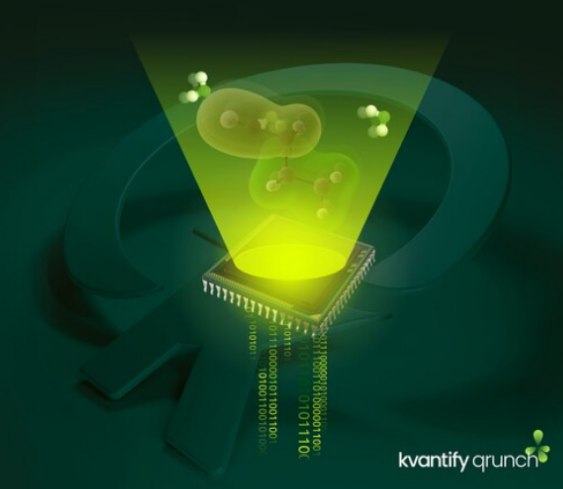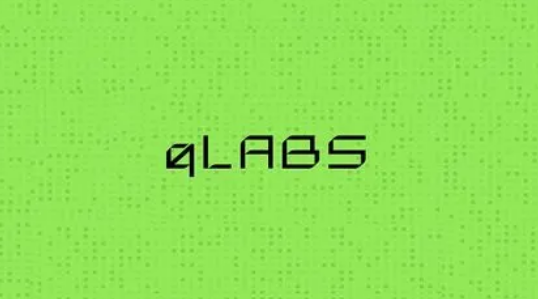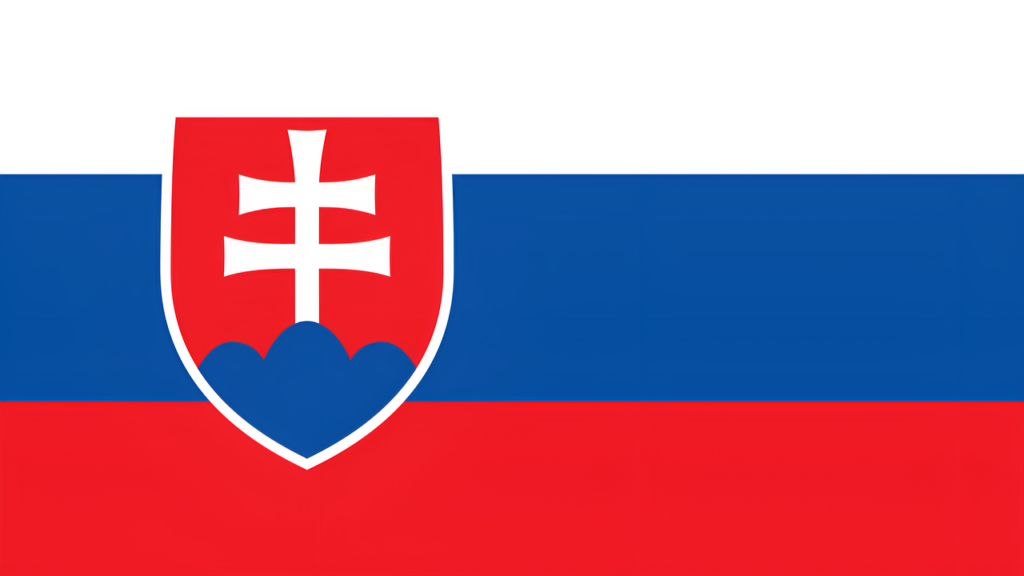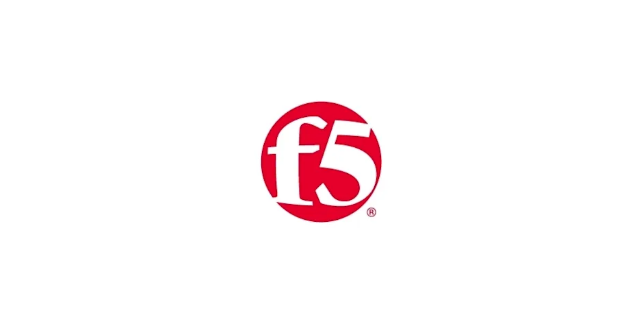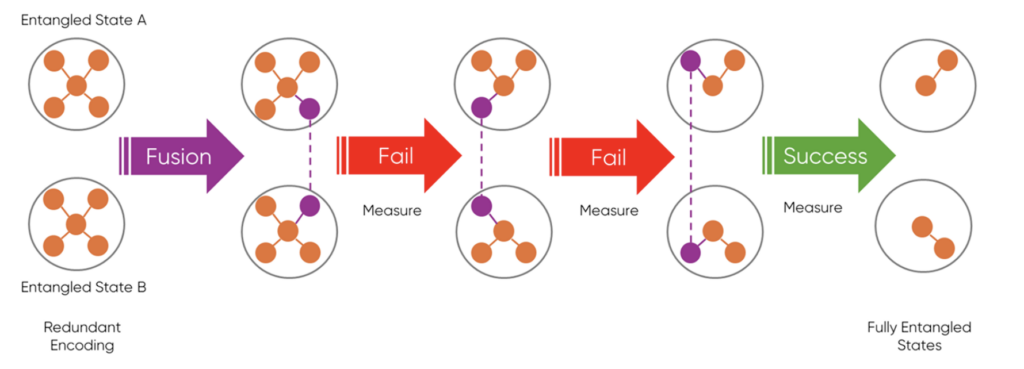Insider Brief
- The Novo Nordisk Foundation Quantum Computing Programme (NQCP) has signed an MoU with Japan’s Quantum Strategic industry Alliance for Revolution (Q-STAR) to strengthen industry-led collaboration in quantum computing and accelerate commercialization.
- The agreement builds on NQCP’s Pathfinder Framework, which emphasizes mission-driven, interdisciplinary R&D focused on advancing quantum hardware and algorithms toward fault-tolerant quantum computing.
- NQCP will leverage Japan’s expertise in semiconductor processes, scale-up, and packaging to enhance integration across qubit devices, photonics, cryogenic interconnects, and control electronics, with initial workstreams beginning in 2026.
PRESS RELEASE — The Novo Nordisk Foundation Quantum Computing Programme (NQCP), based at the Niels Bohr Institute of the University of Copenhagen, has signed a Memorandum of Understanding (MoU) with Japan’s Quantum STrategic industry Alliance for Revolution (Q-STAR) to strengthen industry-driven collaboration in quantum computing. The agreement establishes a practical framework for joint projects, coordinated outreach, and a shared language for quantum computing development to accelerate commercialization.
Pathfinder Framework: Mission-driven project management framework
NQCP anchors collaboration around its Pathfinder Framework to achieve a common language in the development of a utility-scale quantum computer. The NQCP mission is motivated by the pursuit of solutions to otherwise intractable problems in materials and life sciences. The framework emphasizes interdisciplinary R&D and cohesive teamwork under a common terminology, ensuring a mission- and data-driven focus while maintaining agility to accommodate disruptive innovations and the need to work at pace. The framework enables the prioritization of projects that most effectively accelerate progress in both quantum hardware and algorithms toward utility-scale fault tolerant quantum computing (FTQC). The interdependent quality, speed and scale pillars of the mission ladder form the core of mission-driven projects. NQCP currently runs four development pilot lines – superconducting, spin, photonics, and neutral atom – in parallel – supported by shared services around hardware design and simulations, fabrication, characterization and use-case algorithm development with resource estimates. Each pilot line is defined by a high level hardware architecture that has the objective of meeting chosen algorithmic targets provided by the algorithm and application team. Underpinning the programme is a visionary approach to quantum computing as a material processing and packaging challenge requiring ultra-high vacuum and atomic deposition.

Strategic development focus: leveraging Japan’s strengths
As part of this collaboration, NQCP intends to leverage Japan’s leadership in advanced semiconductor processes, scale-up, and packaging to accelerate critical integration steps across qubit devices, photonics, cryogenic interconnects, and control electronics. This aligns with the MoU’s emphasis on open collaboration frameworks, joint undertakings, and industry engagement across SMEs, large companies, investors, governments, and RTOs—ensuring that Pathfinder Framework milestones are de‑risked with industrially relevant processes from the outset.
Initial collaboration priorities:
• In-depth presentation of the Pathfinder Framework to all the QSTAR members in early 2026.
• Establish packaging and manufacturing‑readiness workstreams to evaluate, pilot, and potentially purchase semiconductor backend packaging know‑how from Japan into NQCP‑aligned development pathways.
• Quantum ecosystem mobilization via conferences, exhibitions, webinars, and networking to focus on the critical elements of the Pathfinder Framework.
“Pathfinder Framework gives our teams, suppliers, and stakeholders a common map—from materials to modules—with crisp, testable milestones developed from clear metrics of interest. Japan’s packaging ecosystem is uniquely positioned to help us pass those milestones faster and with higher quality,” said Peter Krogstrup, CEO of NQCP.

